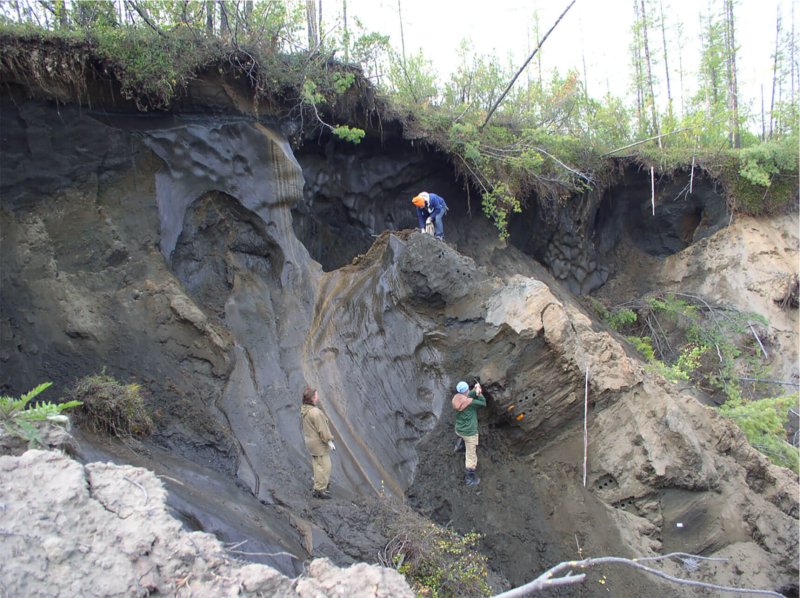Somewhere in a remote cave in western Georgia, a few dozen miles east of the Black Sea shore, scientists on an archaeological dig were searching among scattered stalagmites for pieces of the past.
…
The results of the cave study, published this past April in Scientific Reports, showed that bears, roe deer and bats were present in this region at least as far back as 80,000 years ago. But finding traces of late Pleistocene animals is just scratching the surface of what can be done with environmental DNA, or eDNA, the traces of genetic molecules from long-dead organisms that survive as cell-free residues in the soil or other terrain. One of its strengths is that it can detect the remnants of organisms with soft bodies, allowing scientists to reconstruct entire ecosystems complete with plants, algae and more. Environmental genomics (or metagenomics, as it is also known) truly lets us see the ancient world in a few grains of sand.
According to Laura Parducci, an evolutionary plant ecologist at Uppsala University in Sweden who was not involved with that paper, “The big benefit [of metagenomic techniques] is that you can get DNA from species that are actually not visible in the fossil records.”
Read full, original post: Ancient DNA Yields Snapshots of Vanished Ecosystems































